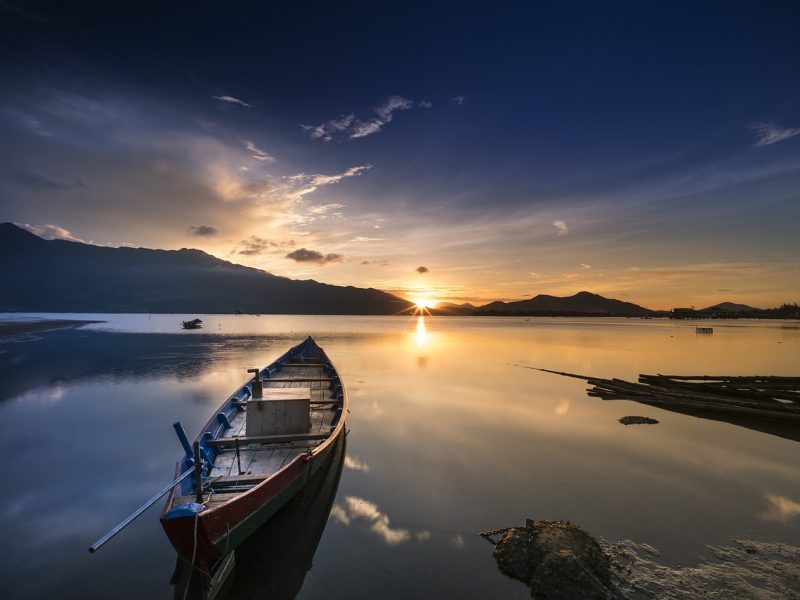Figure out how to peruse and decipher weather conditions conjectures, remembering marine-explicit gauges that give data to wind, waves, and tides.
For instance, cumulus mists might flag fair climate, while dim, transcending cumulonimbus mists frequently demonstrate storms.
Really get to know cloud types and what they demonstrate about impending climate.
Comprehend what wind bearing and speed mean for wave arrangement and what these circumstances will mean for your boat's dealing with.
Be ready to change your course or look for cover assuming circumstances disintegrate.
Consistently take a look at weather conditions refreshes while on the water and be aware of any unexpected changes in conditions.
Being ready for crises is fundamental for any boater. Knowing how to answer various situations can save lives and forestall serious harm:
Practice man over the edge bores routinely with your group. Know how to securely stop the boat, recover the individual from the water, and give emergency treatment if essential. Utilize a daily existence ring or toss line to help the individual in the water. Guarantee your boat is furnished with fire quenchers that are effectively open. Figure out how to utilize them and practice fire wellbeing drills. In the event of a fire, focus on closing off the fuel supply and utilizing the fire quencher to control the flares.


Consistently have an emergency course of action for managing surprising climate, including knowing where the closest protected harbor or shielded region is found. Keep a very much-loaded emergency treatment unit ready and skilled to utilize it. Consider taking a fundamental emergency treatment and CPR course to be ready for health-related crises on the water. Look into the different pain signals, including flares, SOS transmissions, and radio calls. Know how to utilize your VHF radio to call for help and what data to give in a crisis.
Understanding fundamental upkeep errands will assist with forestalling breakdowns and broaden the existence of your vessel:
Examine the belts, hoses, and associations for indications of wear or holes. Keep the motor spotless and liberated from flotsam and jetsam.
Actually look at the terminals for consumption and guarantee that the associations are secure.

Investigate the structure for harm, breaks, or unnecessary wear. Look at the propeller for dings, breaks, or twists, and guarantee it is safely affixed. Consistently investigate all wellbeing gear, including life coats, flares, fire dousers, and emergency treatment units. Supplant any lapsed or harmed things.
Make a support plan in view of your boat’s manual and stick to it. Normal support forestalls unforeseen breakdowns and broadens the existence of your boat. Keep up with point by point records of all support and fixes. This helps track the state of your boat and can be valuable while selling or adjusting your vessel.
Become familiar with the significance of various float tones, shapes, and images. Red floats demonstrate the starboard (right) half of the channel while getting back from ocean, while green floats show the port (left) side. Comprehend the meaning of safe water markers, confined risk imprints, and exceptional markers.
